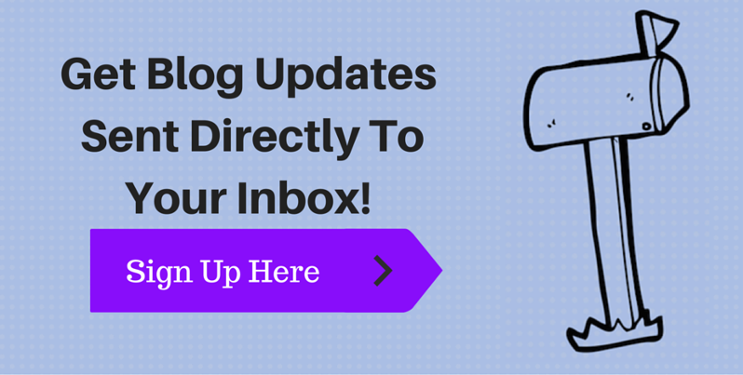Not only is blogging inexpensive, effective, and vital for SEO, but it helps marketers see a positive ROI. Creating strong blogs consistently is an inbound marketing staple – but it’s often easier said than done. As an inbound marketing agency that blogs daily, we wanted to share with you a guide to creating the perfect blog post because, remember: The stronger the blog the more it’ll do for your business. So, what does the ideal blog look like? Let's dig in:
- Effective Headline
Without an effective headline, your post will have little impact. More blog content is being produced now than ever before, so if your headline doesn’t stand out, all of the work you put in researching and creating your post will go to waste. Your headline is the most important part of your blog post, so give it all you’ve got! Here are some things you should avoid:
- No benefit for readers
- Failure to convey urgency
- Overly complex
- Too general
- Boring
Combining elements of human psychology and data science into your workflow to create captivating headlines is not easy, but here are some key strategies to help you do it right:
- Ask a question.
- Add a negative element to your headline, like “never” or “worst.”
- Include “How To.”
- Use a number.
- State the name of your target audience.
- Surprise readers.
These proven tactics will help you boost click-through rates and differentiate your brand.
- Powerful Introduction
So, your headline worked – now what? Time for a powerful introduction to keep readers interested. While there is no hard and fast rule when it comes to writing great hooks, the following formulas have been successful:
- Use facts.
- Tell a story.
- Ask a question.
- Challenge the reader.
These tips will help you produce an intro that will reel in the reader with an interesting hook and keep them wanting to read more. What’s next?
- Strong Structure
Finding the right structure once again involves delving into the psychology of the human mind. Research from Social Triggers has found people are more likely to read the rest of your post if your intro has shorter line length. Fewer characters per line means your post will be seen as more organized and easier to understand.
Let’s be honest: People online tend to scan instead of read. Subheadings are a great way to make your post more scannable. With so much content at the reader’s disposal, anything that takes longer than 30 seconds to process will get set aside for later, or worse: forgotten. Using subheads allows the reader to zone in on your key points. Subheadings can help the writer to structure the post, and Google also picks up on subheadings, so there is an SEO benefit too.
What about ideal blog length? Quick Sprout found that posts that are longer 1,500 words receive 68% more tweets. Quick Sprout also found that long posts are more likely to get shared and get more link-backs. Naturally, longer posts can also target more SEO keyword terms. Remember that, while it’s helpful to create longer blog posts, it’s crucial that you do not let the quality fall.
- Visually Appealing
You should aim to make your post as visually appealing as possible. The brain processes visuals 60,000 times faster than text and, according to WMG, 90% of the information your brain processes is visual. If you add a half width image to your intro and use regular subheadings, your post should be in good shape visually. You should align images to the right or center. Images aligned to the left break up the left margin, which is your readers main point of reference.
There are a number of tweaks you can make to help you get the most out of your chosen images, including alt tags and image URLs. You can even create your own awesome images using easy tools like Canva.
- Relevant Links
It’s important to include both external links and internal links to your own site in each blog post – but not too many, and they need to remain as relevant as possible. If your anchor text is based on a keyword you can rank for and the link serves as helpful additional knowledge in correlation with the topic at hand, you’re linking successfully. Inbound links can also help you generate more referrals.
- Effective CTAs
You may use your company blog to boost your search engine ranking, promote your thought leadership, products, and services, but, ultimately, the goal is to drive conversions, generate leads, and grow revenue. Effective use of calls-to-actions (CTAs) will help you convert visitors to leads. Some successful CTA strategies include:
- Choose the CTA location carefully.
- Use simple and direct language.
- Use a contrasting color.
- Make the button look clickable.
Finding the winning CTA formula for your blog will involve some trial and error. Just remember to make sure the CTA is related to the topic of the post.
These 6 key tips will help you enhance each and every blog post you write and, ultimately, get the recognition you deserve for your outstanding work.
Speaking of blogging, subscribe to our daily posts!
